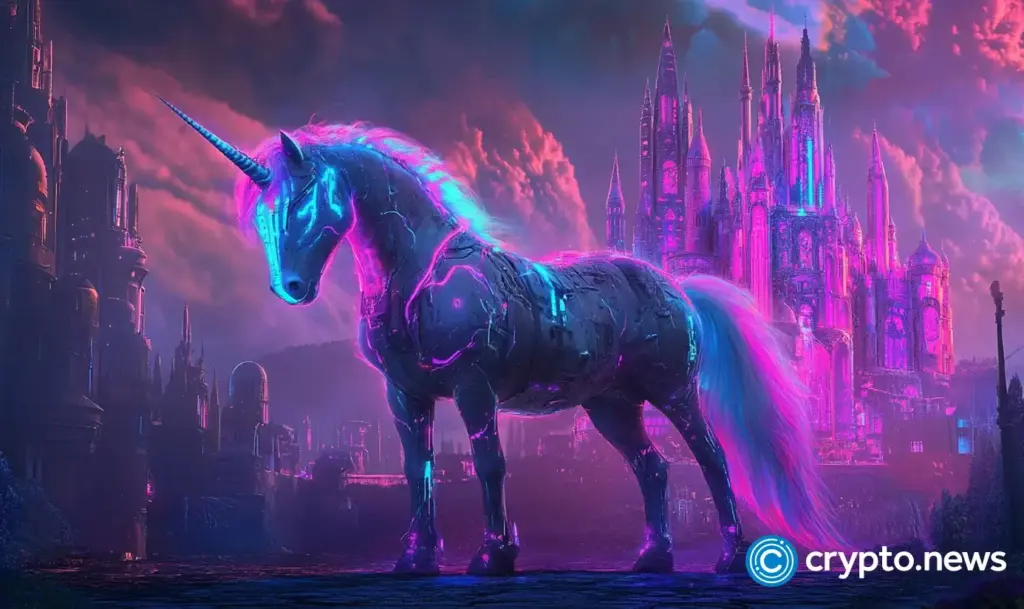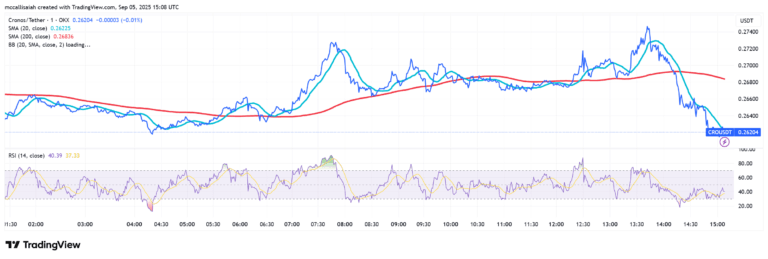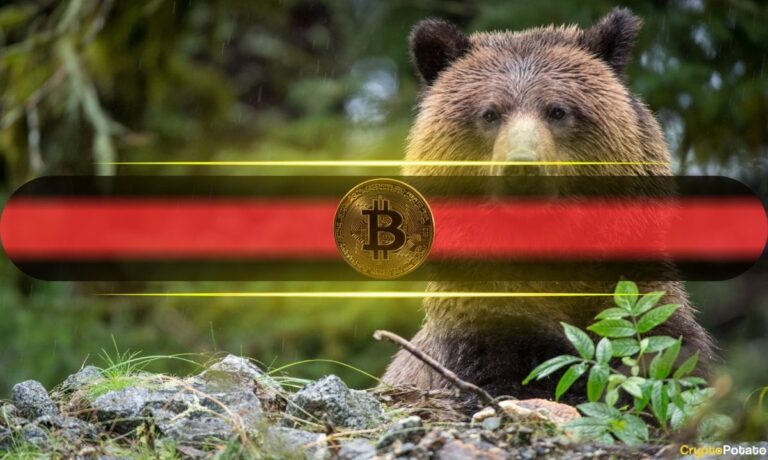

Disclosure: The views and opinions expressed here belong solely to the author and do not represent the views and opinions of crypto.news’ editorial.
In venture capital, especially in web3, we spend too much time talking about spectacular outcomes and not enough time on the quiet ones. Extremes dominate the headlines: billion-dollar implosions like the collapse of FTX exchange, the crash of the Terra ecosystem, or the Mt. Gox crypto exchange’s collapse, or billion-dollar valuations that mint the next unicorns like Revolut, Bitman, Binance, KuCoin, etc. Great disaster or great success. Anything in between? It rarely makes the news.
Summary
- Media fixation on extremes distorts reality — startups are portrayed as either unicorns or failures, but most growth happens in the “messy middle” of small mistakes and recoveries.
- Mistakes are growth engines — just as children build resilience by stumbling, founders strengthen by metabolizing errors, not avoiding them.
- Web3 makes failures public — transparency turns mistakes into opportunities for credibility when founders own them instead of hiding.
- Resilient leaders outlast hype — investors should value emotional range and the ability to learn from stumbles over smooth scaling myths or perfect execution.
But that’s where the real stories live. Most founders don’t experience Shakespearean-level dramatic collapse or overnight glory. Most real cases live in the messy middle: the wrong hire, the failed product launch, the marketing campaign that backfires. Those mistakes don’t trend on X. They don’t move entire markets. They don’t get major media attention. But they do shape strong companies. And they shape strong leaders.
What the media misses
The media’s fixation on extremes gives us a distorted picture of entrepreneurship. It suggests that the startup journey is a binary outcome: flame out or rocket ship. But in reality, companies grow not by avoiding mistakes, but by making them at the right scale and speed, metabolizing them, and moving forward sharper.
The difference between a startup that matures and one that implodes isn’t whether mistakes happen. It’s how they’re processed. Thus, making mistakes isn’t just inevitable in entrepreneurship — it’s vital. What matters is the scale, timing, and ability to metabolize those mistakes into growth. And that’s where the true leadership is forged.
Mistakes as growth engines
Developmental psychology tells us this plainly: Children who aren’t allowed to make mistakes don’t grow resilient. We must let them fail. Shield them from every failure, and you don’t produce confidence, you produce fragility. Developmental research shows that kids strengthen precisely by stumbling: touching the hot stove once, losing a game, realizing actions have consequences. Mistakes aren’t interruptions to growth — they are the mechanism of growth.
Startups are no different. A founder who never stumbles may look impressive for a season, but the first shock can be fatal. The ones who last are those who’ve metabolized enough mistakes to know that pain isn’t terminal. As in a famous Thomas Edison’s quote: “I have not failed 10,000 times — I’ve successfully found 10,000 ways that will not work.”
Pain as the furnace
Building in web3 means living in permanent volatility: evolving (unclear) regulation, ruthless communities, and tokens that can tank overnight. Pressure isn’t a side effect of entrepreneurship; it’s the furnace where leadership is forged.
What matters most isn’t capital. It’s emotional range — the ability to absorb pressure, sit with discomfort, and turn setbacks into stepping stones. I’ve seen companies collapse under minor missteps because leaders were brittle, unable to admit error. I’ve also watched founders rebound from monumental stumbles because they treated mistakes as raw material, not as verdicts. The difference isn’t talent. It’s emotional resilience.
Decentralization and public failure
Web3 is unique in that mistakes happen in public. In traditional industries, errors can be buried in boardrooms or wrapped in PR. In blockchain, by design, everything is visible. Code is open. Transactions are permanent. Token crashes play out live. Communities dissect failures in Discord threads.
That visibility is brutal, but it’s also an opportunity. In decentralized systems, credibility is earned less by perfection than by transparency. A founder who explains what went wrong, what they learned, and how they’ll adjust often gains more trust than one who tries to spin their way past a misstep.
In web3, credibility is currency. And mistakes, handled openly, can actually increase it.
What investors should really look at
This changes the job of investors. Traditional due diligence worships at the altar of market size, financial models, and competitive maps. But in web3 — where entire categories can rise and fall in months — those numbers are snapshots, not forecasts.
So I ask different questions: How has this founder failed, and what did they do with it? Did they retreat into silence or face their community? Did they externalize blame or own their part? Did they pivot with clarity, or flail in half-measures?
These aren’t just moral questions. They’re predictive. A founder who metabolizes mistakes is far more likely to survive volatile markets than one who hides them.
The myth of smooth scaling
The startup mythology loves a smooth curve — hockey-stick growth, exponential adoption. But the lived reality is jagged. It looks like a child’s scribbles: progress, erasure, detour, repeat. Leadership isn’t avoiding those dips; it’s surviving them without losing the plot.
Ethereum (ETH) is a case in point. The 2016 DAO hack nearly killed it. Instead, the painful debates and the controversial hard fork that followed became proof of resilience. Ethereum didn’t succeed despite that mistake — it succeeded because it metabolized it.
Take aways
In web3, mistakes aren’t footnotes — they’re the forge of leadership. The line between collapse and resilience isn’t error-free execution, but the founder’s capacity to absorb pain, process pressure, and come back sharper. The ones who stumble, adapt, and rise again are the ones who outlast the headlines.
The media loves only extremes: the great disaster or the great success. Real life doesn’t. The real future is built in the quiet grind of smaller stumbles — each one a spark, each one a step forward. That messy, unglamorous process is where decentralized entrepreneurship is truly alive. And it deserves more attention than any collapse or unicorn ever will.




